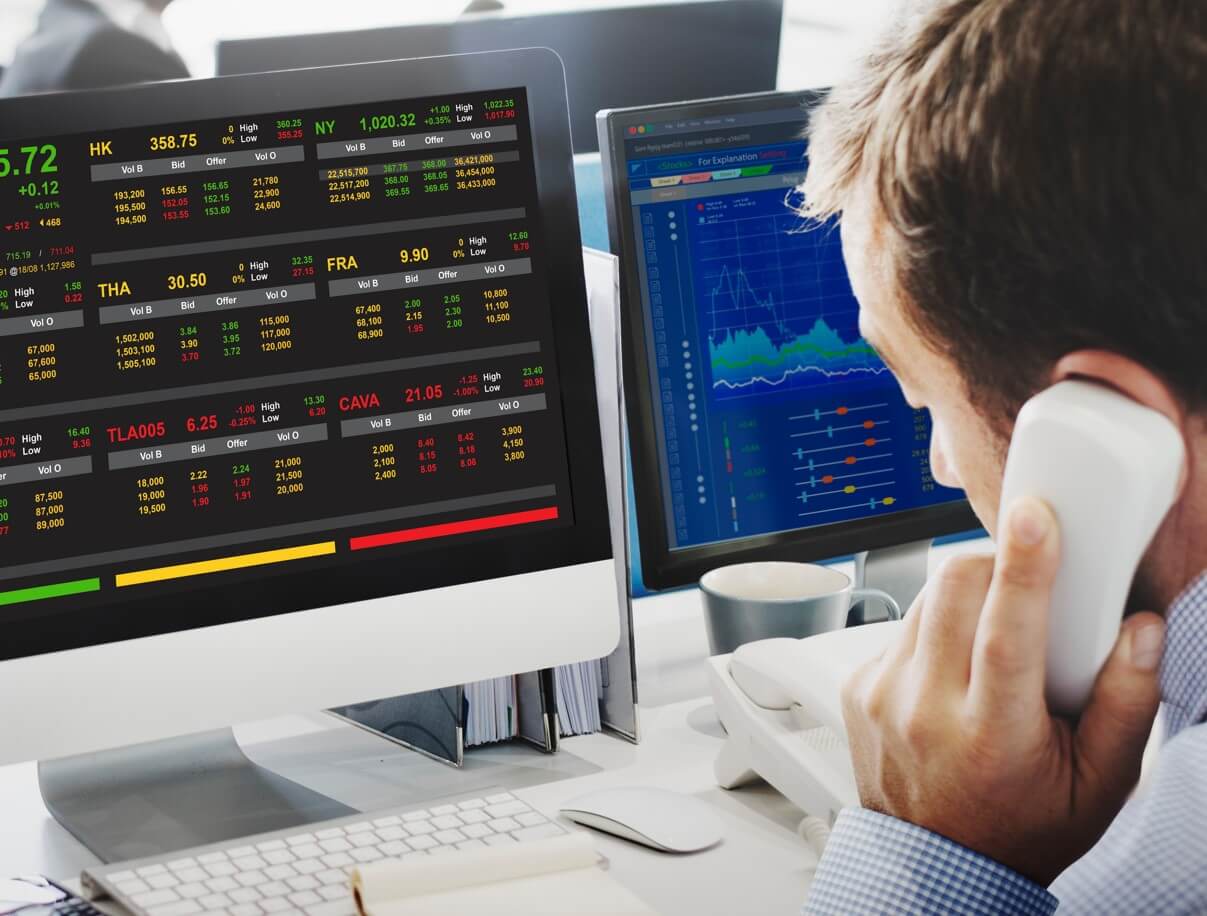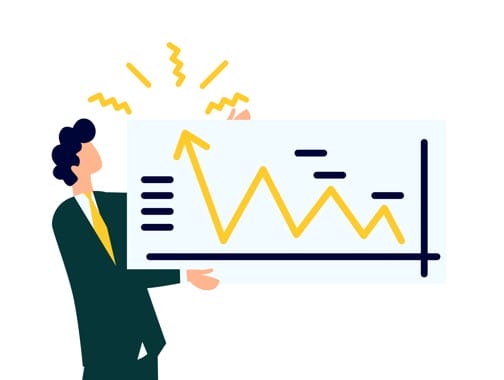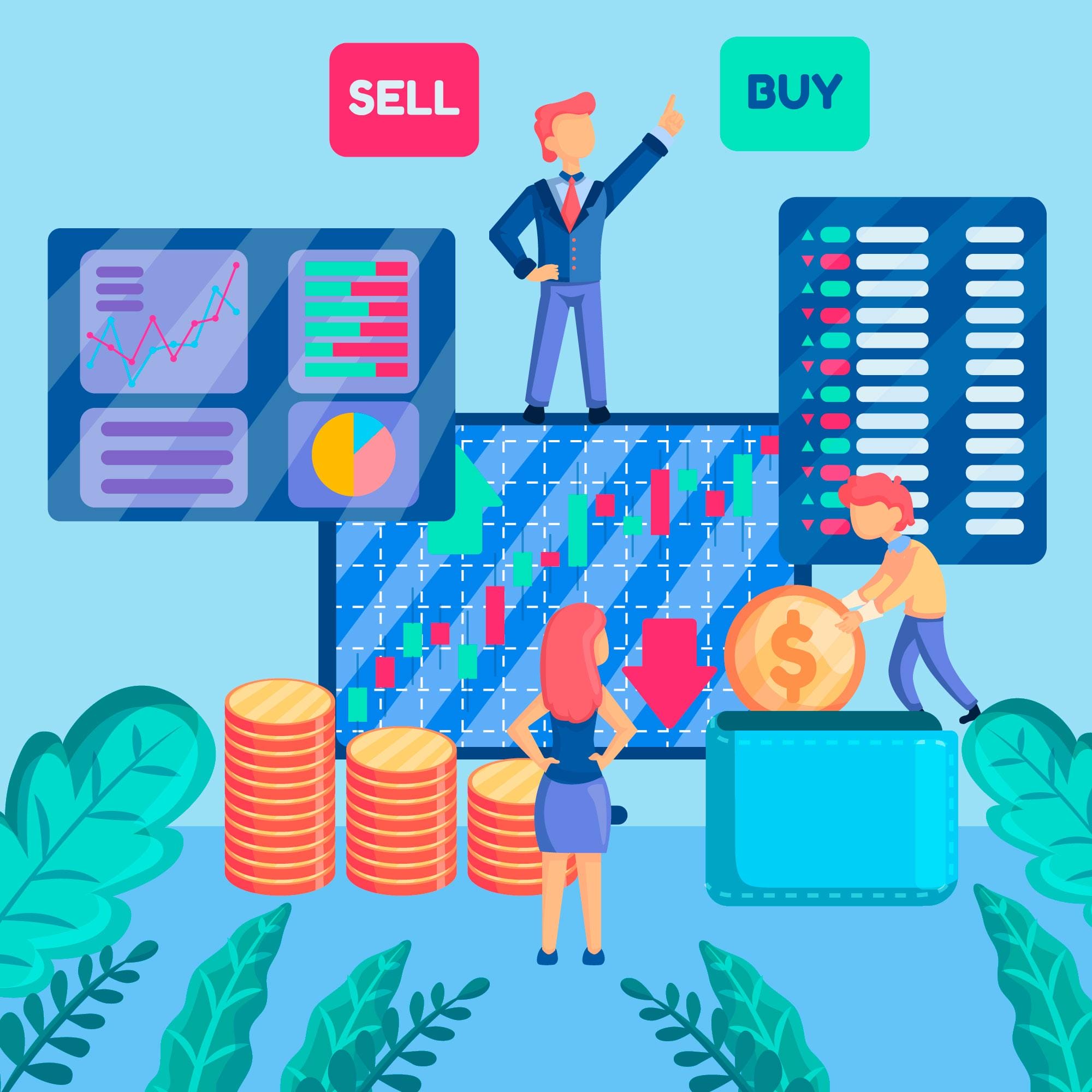Forex, short for foreign exchange, is the world’s largest and most liquid financial market. It involves the trading of currencies from different countries, and it plays a pivotal role in the global economy. Trillions of dollars are exchanged daily in this market, making it an attractive space for traders and investors seeking opportunities to maximize gains. However, the volatility and complexity of the forex market also pose significant challenges. This article explores the benefits and challenges of “riding the forex wave” – the pursuit of profit in this dynamic market while effectively managing risks.
Benefits of Trading Forex
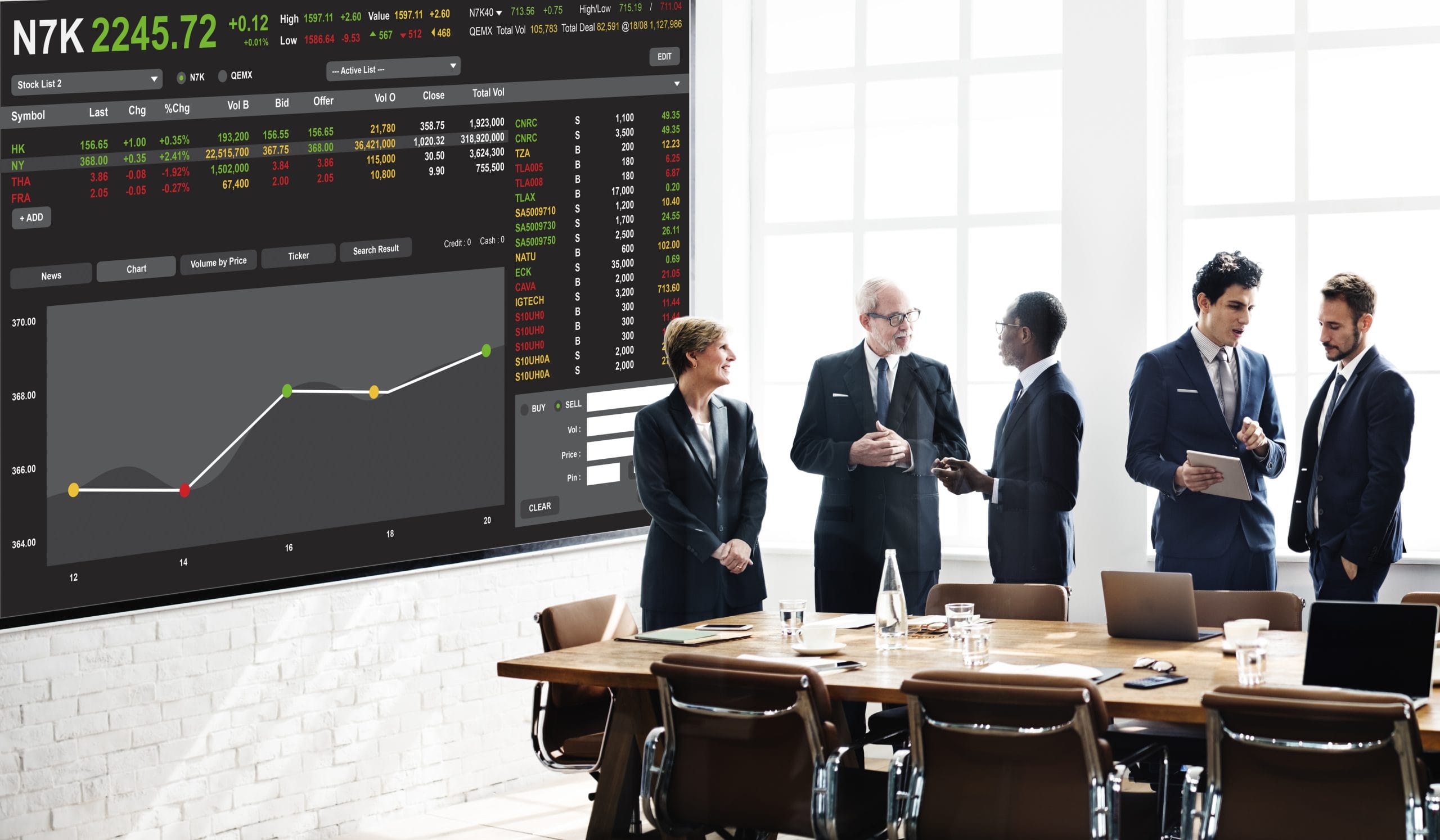
1. High Liquidity:
Explanation: The liquidity of a financial market refers to the ease with which assets can be bought or sold without significantly affecting their prices. In the forex market, liquidity is exceptionally high because of its massive trading volume. Trillions of dollars are exchanged daily, involving major currency pairs like EUR/USD, USD/JPY, and GBP/USD, among others.
Benefits: High liquidity ensures that traders can enter or exit positions swiftly and with minimal slippage, even in large trade sizes. This is crucial for capitalizing on short-term price movements and managing risk effectively.
Example: A trader who identifies a short-term opportunity to buy the EUR/USD currency pair can execute the trade promptly, knowing that there are plenty of buyers and sellers in the market.
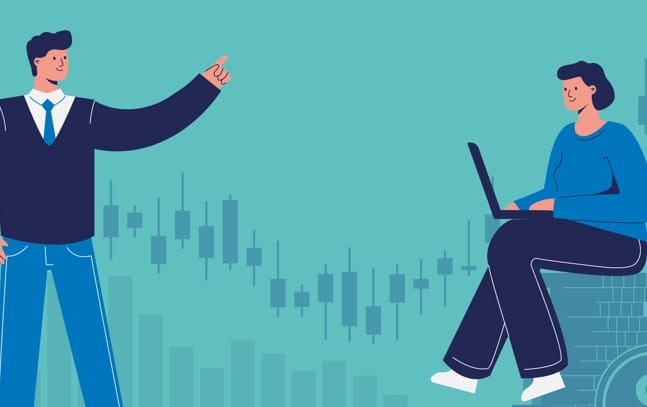
2. Accessibility:
Explanation: Forex trading has become highly accessible, thanks to online trading platforms and technology. Retail traders can participate from the comfort of their homes or offices with a computer and an internet connection.
Benefits: This accessibility democratizes trading, allowing individuals with varying levels of capital to participate. It also provides flexibility in terms of when and where traders can engage in forex activities.
Example: A retail trader in Tokyo can easily access the forex market during Asian trading hours, while a trader in New York can participate during the U.S. session.
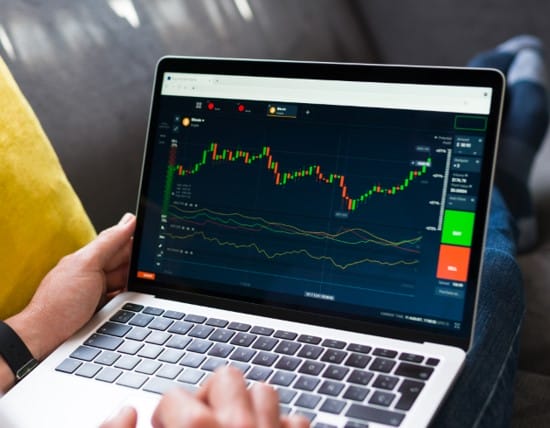
3. Diverse Trading Opportunities:
Explanation: Forex offers a wide range of currency pairs to trade, including major pairs (e.g., EUR/USD), minor pairs (e.g., AUD/CAD), and exotic pairs (e.g., USD/TRY). Major pairs involve the world’s most dominant currencies, while minor and exotic pairs involve currencies from smaller or emerging economies.
Benefits: This diversity provides traders with various trading opportunities to match their strategies and risk appetites. Major pairs are often less volatile, making them suitable for risk-averse traders, while exotic pairs may offer higher potential returns for those willing to take on more risk.
Example: An investor with a strong understanding of the Australian and Canadian economies may find trading the AUD/CAD pair appealing due to the potential for economic divergence between these countries.
4. Leverage:
Explanation: Many forex brokers offer leverage, allowing traders to control a larger position size with a relatively small amount of capital. Leverage ratios can vary, but common ratios are 50:1, 100:1, or even 500:1, depending on the broker and regulatory restrictions.
Benefits: Leverage can amplify gains, potentially leading to substantial profits even with a modest initial investment. However, it’s essential to use leverage judiciously, as it also increases the potential for losses.
Example: With a 100:1 leverage ratio, a trader can control a $100,000 position with just $1,000 in their trading account. If the market moves in their favor by 1%, they would gain $1,000, effectively doubling their initial investment.
5. 24/5 Market:
Explanation: The forex market operates 24 hours a day, five days a week, excluding weekends. It spans different time zones, with major trading centers in London, New York, Tokyo, and Sydney.
Benefits: This continuous market availability allows traders to adapt their trading strategies to various market conditions and schedules. It accommodates traders who may have daytime jobs or prefer trading during specific sessions.
Example: A trader who works a day job in London can engage in forex trading during the evening hours, taking advantage of the overlap between the London and New York trading sessions.
6. Global Economic Indicators:
Explanation: Forex traders can use economic indicators and events from around the world to inform their trading decisions. These indicators include interest rates, GDP (Gross Domestic Product), employment data, inflation rates, and more.
Benefits: Economic data releases can significantly impact currency prices, providing traders with opportunities to capitalize on market reactions to these events. Understanding the fundamentals of different economies is essential for making informed trading decisions.
Example: Ahead of a U.S. Federal Reserve interest rate decision, a trader closely monitors economic indicators such as employment reports and inflation data to gauge the potential direction of the USD.
7. Technical Analysis:
Explanation: Forex charts display historical price data for currency pairs. Traders use technical analysis to analyze these charts, identifying patterns, trends, and key support/resistance levels.
Benefits: Technical analysis provides traders with valuable insights into potential price movements. It helps traders make decisions based on historical price patterns and indicators, even without an in-depth understanding of fundamental analysis.
Example: A trader employing technical analysis might use moving averages and RSI (Relative Strength Index) to identify an oversold condition in a currency pair, signaling a potential buying opportunity.
Challenges of Trading Forex
1. High Volatility:
Volatility refers to the degree of variation in currency prices over time. The forex market can experience high levels of volatility due to various factors, including economic data releases, geopolitical events, and market sentiment shifts.
Challenges: High volatility can lead to rapid and unpredictable price movements, which can result in both substantial gains and losses. Traders must be prepared for sudden market shifts and have risk management strategies in place.
Example: A surprise announcement of trade tariffs by a major economy can cause a sharp and unexpected movement in currency pairs related to that economy, leading to challenges for traders.
2. Leverage Risk:
Leverage allows traders to control larger positions with a relatively small amount of capital. While this can magnify profits, it also increases the potential for losses. The use of leverage is a double-edged sword.
Challenges: Traders who use excessive leverage without proper risk management can quickly exhaust their trading capital if the market moves against them. It’s essential to understand leverage ratios and use them judiciously.
Example: A trader using 500:1 leverage without a stop-loss order may incur significant losses if the market experiences a sudden adverse move.
3. Psychological Factors:
Emotional factors, such as fear and greed, can significantly impact trading decisions. Emotions can lead to impulsive actions, overtrading, or refusing to cut losses, all of which can be detrimental to trading success.
Challenges: Controlling emotions and maintaining discipline are ongoing challenges for traders. It requires a strong psychological mindset and adherence to a well-defined trading plan.
Example: A trader who becomes overly confident during a winning streak may take excessive risks, leading to substantial losses when the market reverses.
4. Complexity:
The forex market is complex, with numerous factors influencing currency prices, including economic indicators, central bank policies, geopolitical events, and market sentiment.
Challenges: Understanding the various factors that impact currency markets and developing effective trading strategies can be time-consuming and challenging for newcomers.
Example: A novice trader may struggle to interpret the implications of central bank interest rate decisions or the impact of a geopolitical crisis on currency markets.
5. Broker Risk:
Choosing the right forex broker is crucial for traders. Unregulated or fraudulent brokers can pose significant risks, including the potential loss of funds and unfair trading conditions.
Challenges: Conducting thorough research to select a reputable and regulated broker can be challenging. Traders must be cautious and ensure that their chosen broker complies with relevant regulations.
Example: An uninformed trader may deposit funds with a broker that turns out to be unregulated or involved in unethical practices, leading to financial losses.
6. Market Manipulation:
The decentralized nature of the forex market can make it susceptible to manipulation by large players or institutions. Manipulation can distort prices and affect market integrity.
Challenges: Traders need to be vigilant and aware of market dynamics to detect potential manipulation. This requires a deep understanding of market structure and behavior.
Example: Large institutional traders may engage in “stop hunting” by intentionally triggering stop-loss orders to create price movements that benefit their positions.
Maximizing Gains while Managing Risks
1. Risk Management:
Effective risk management is the cornerstone of successful forex trading. It involves setting clear parameters for how much capital you are willing to risk on each trade and employing risk-reducing strategies.
Strategies:
Use Stop-Loss Orders: Set stop-loss orders at a predetermined price level to limit potential losses on a trade.
Position Sizing: Determine the appropriate position size for each trade based on your risk tolerance and the size of your trading account.
Diversification: Avoid concentrating your capital on a single trade or currency pair. Diversify your portfolio to spread risk.
Benefits: Proper risk management helps protect your trading capital, ensuring that you can continue trading even after a series of losses.
2. Education and Strategy Development:
Forex trading requires knowledge and a well-thought-out strategy. Traders should invest time in learning about the market, different trading strategies, and both technical and fundamental analysis.
Strategies:
Learn Continuously: Stay updated on market developments, economic indicators, and trading techniques.
Develop a Trading Plan: Create a detailed trading plan outlining your goals, risk tolerance, entry and exit criteria, and strategy.
Benefits: Education and strategy development provide a structured approach to trading, reducing impulsive decisions and increasing the likelihood of making informed choices.
3. Demo Trading
Before risking real capital, practice trading on a demo account provided by many forex brokers. Demo trading allows you to gain experience without risking actual money.
Strategies:
Simulate Real Conditions: Treat demo trading as seriously as you would live trading. Mimic actual market conditions and trading strategies.
Test Strategies: Use demo accounts to test and refine your trading strategies before deploying them with real money.
Benefits: Demo trading helps traders become familiar with the trading platform, test strategies, and build confidence before transitioning to live trading.
4. Stay Informed:
Staying informed about economic events, news, and geopolitical developments that can impact currency markets is crucial for making informed trading decisions.
Strategies:
Use Economic Calendars: Monitor economic calendars to track upcoming events and data releases.
Follow News Feeds: Stay updated with financial news from reputable sources.
Benefits: Being informed allows traders to anticipate potential market movements and adjust their strategies accordingly.
5. Use Leverage Wisely:
If you choose to use leverage, do so judiciously. Understand the risks associated with leveraged trading and use it to your advantage without overextending your positions.
Strategies:
Calculate Position Size: Determine the appropriate position size that aligns with your risk tolerance and the leverage ratio.
Set Leverage Limits: Establish self-imposed leverage limits and stick to them.
Benefits: Using leverage wisely can amplify gains while keeping potential losses manageable.
6. Emotion Control:
Emotions like fear and greed can lead to impulsive decisions, overtrading, or failure to cut losses. Emotional discipline is essential for successful trading.
Strategies:
Stick to Your Plan: Follow your trading plan and avoid deviating from it based on emotions.
Use Automated Orders: Consider using automated entry and exit orders to remove emotion from the decision-making process.
Benefits: Emotional control helps traders make rational decisions and avoid costly mistakes.
Don’t trade all the time, trade forex only at the confirmed trade setups.
Get more confirmed trade setups here: forexgdp.com/buy/



